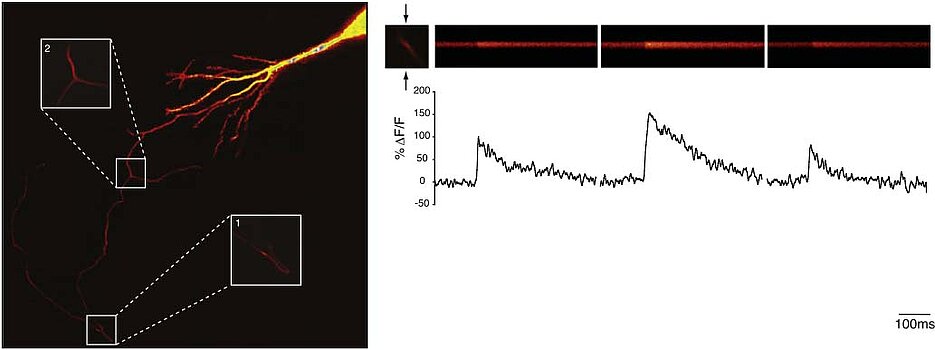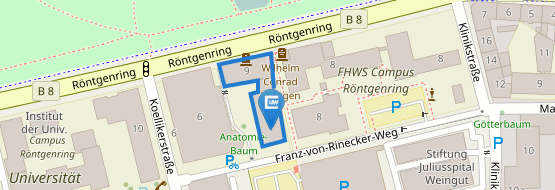Presynaptic NMDARs in the hippocampus facilitate transmitter release at theta frequency
01.01.2010McGuinness L, Taylor C, Taylor RDT, Yau C, Langenhan T, Hart ML, Christian H, Tynan PW, Donnelly P, Emptage NJ (2010)
Neuron 68:1109-1127
A rise in [Ca(2+)](i) provides the trigger for neurotransmitter release at neuronal boutons. We have used confocal microscopy and Ca(2+) sensitive dyes to directly measure the action potential-evoked [Ca(2+)](i) in the boutons of Schaffer collaterals. This reveals that the trial-by-trial amplitude of the evoked Ca(2+) transient is bimodally distributed. We demonstrate that "large" Ca(2+) transients occur when presynaptic NMDA receptors are activated following transmitter release. Presynaptic NMDA receptor activation proves critical in producing facilitation of transmission at theta frequencies. Because large Ca(2+) transients "report" transmitter release, their frequency on a trial-by-trial basis can be used to estimate the probability of release, p(r). We use this novel estimator to show that p(r) increases following the induction of long-term potentiation.


